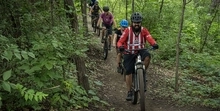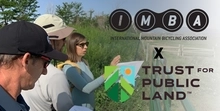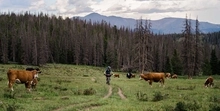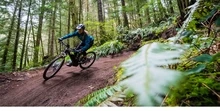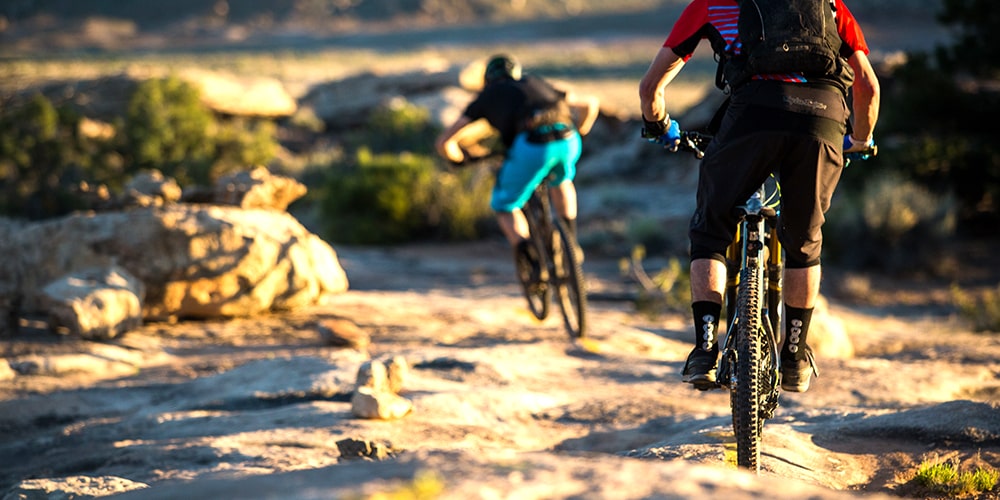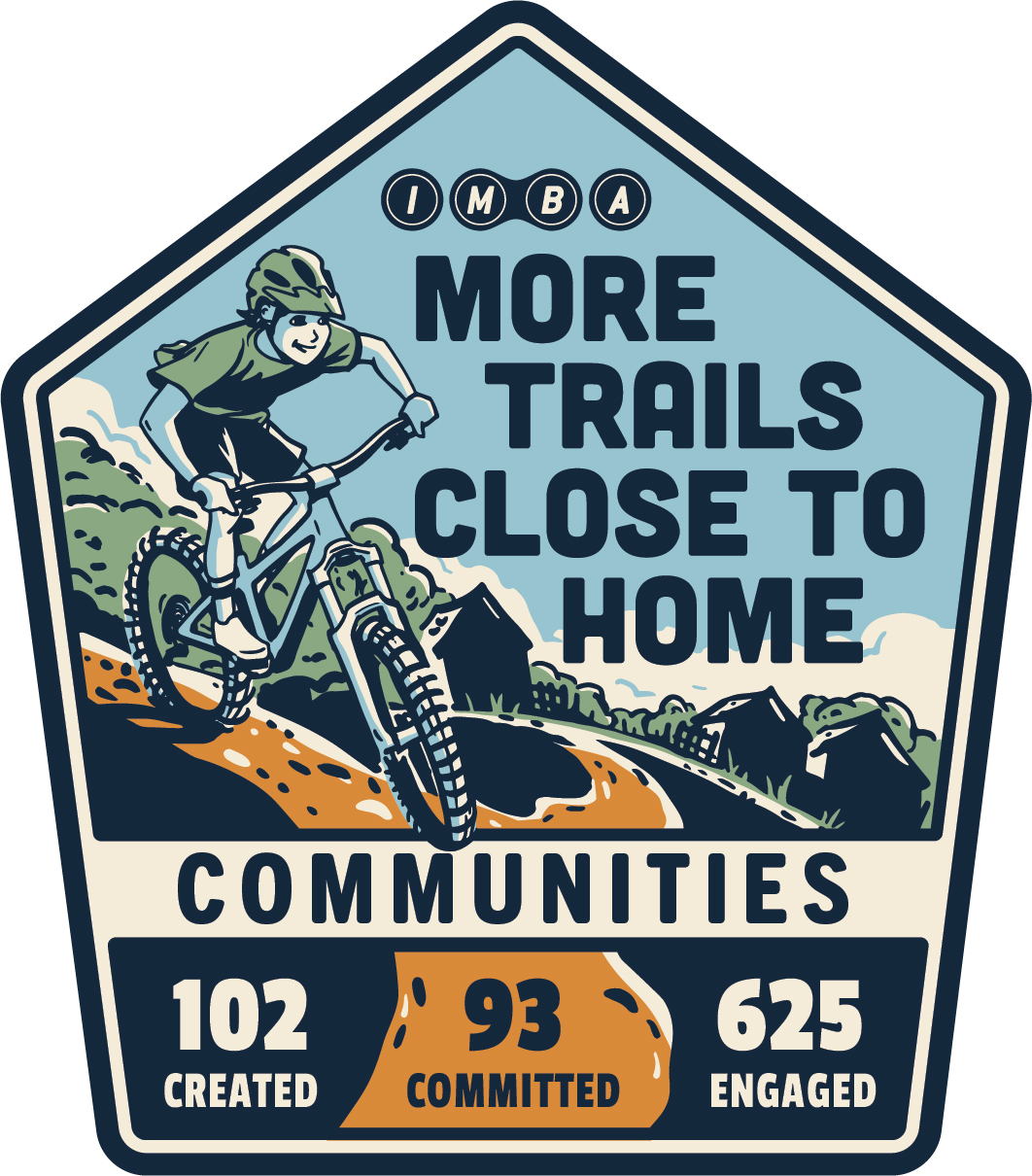Passing a Bill for Mountain Bikers
UPDATE: The comment period for this issue closed Monday, October 26th, 2020.
The U.S. Forest Service released proposed revised directives on eMTB management on September 24th. The release coincided with a public comment period which is open through Monday, October 26th. The Forest Service needs to hear from mountain bikers and eMTB riders alike: these proposed directives could have problematic unintended consequences for trails.
Positives of the proposed directives:
- Requires a local public process before allowing any eMTB access, through NEPA and Travel Management planning.
- Distinguishes between class 1, class 2 and class 3 eMTBs.
- Manages eMTBs as a new category, separate from traditional mountain bikes.
Challenges with the proposed directives:
- Continues to categorize all classes of eMTBs as motorized.
- If the Forest Service continues to classify e-bikes as motorized, these directives have the potential to reclassify non-motorized trails as motorized trails to allow eMTB access. This could create funding complications and lead to increased user conflicts.
What this could mean for mountain bikes and eMTBs:
If the Forest Service were to permit eMTBs on non-motorized trails, those trails would then be reclassified as motorized. To avoid this confusion the Forest Service should align the proposal with the recent Bureau of Land Management (BLM) final rule and create an exemption to allow eMTBs on non-motorized trails. The Forest Service proposed directives do not indicate an exemption is under consideration.
These trail reclassifications could restrict the available funding for once non-motorized, now motorized trails. For example, Land and Water Conservation Fund (LWCF) monies are only available for non-motorized recreation projects, whereas Recreational Trail Program (RTP) monies aid non-motorized and motorized projects. Mountain bikers, eMTBs, and motorized users would all find themselves relying more on RTP funding if non-motorized trails were reclassified as motorized to allow eMTBs.
This proposed update creates the potential for increased user conflict as established non-motorized gets reclassified as motorized. Mountain bikes and eMTBs do share trail access successfully with motorized users on multi-use Forest Service lands. However, the best mountain bike experiences are on non-motorized trails designed and/or managed for mountain biking. Providing high quality eMTB experiences necessitates authorizing eMTBs on certain mountain bike trails, and designing new trails with both mountain bikes and eMTBs in mind.
For more details, take a look at IMBA’s summary guidance or final official comment on the proposed directives. For more information on eMTBs, visit IMBA’s eMTB education page and IMBA’s eMTB FAQs.
Ready to submit a comment?
This comment period is being conducted through a U.S. Forest Service portal. The sample comment below is in line with IMBA’s eMTB position, which supports class 1 eMTB access on non-motorized trails, as long as access for traditional mountain bikes is not lost or impeded. We always advocate for these decisions to be made via public process alongside local mountain bikers and all stakeholders. Customize the comment below to suit your perspective and submit by October 26th.
Sample comment:
Thank you for the opportunity for the public to engage on FSM 7700 and 7710, which would revise Forest Service directives to update and clarify guidance on management of electric bicycle (e-bike) use on National Forest System lands.
The mountain bike community is responsible for a large part of the natural surface trail infrastructure that exists today on our federal, state and local public lands. Hundreds of organized mountain bike clubs around the country manage thousands of volunteers who work closely with land managers on trail development, trail maintenance, and trail education for all users. Much of this work relies on funding sources specific to non-motorized trail projects.
The proposed directives could jeopardize this funding and increase user conflict if non-motorized trails were to become reclassified as motorized to allow for eMTBs. Instead, the final directive must reconsider how to allow class 1 eMTBs on select non-motorized trails while retaining a trail’s non-motorized status, similar to the recent Department of Interior final rule. The final directive can be further improved by following the International Mountain Bicycling Association’s management recommendations: managing the three classes of e-bikes separately from one another, and prohibiting class 2 and class 3 eMTBs on natural surface, non-motorized trails.
Mountain bikers appreciate the leap in technology presented by eMTBs is a unique management challenge. These proposed directives rightfully plan separate management for bicycles and electric bicycles. It is critical that land managers and local mountain bikers work together to determine where eMTBs are and are not appropriate on current and future mountain bike trails.
Thank you for the willingness to engage with the mountain bike community.
Sincerely,
[name, location, contact information]



